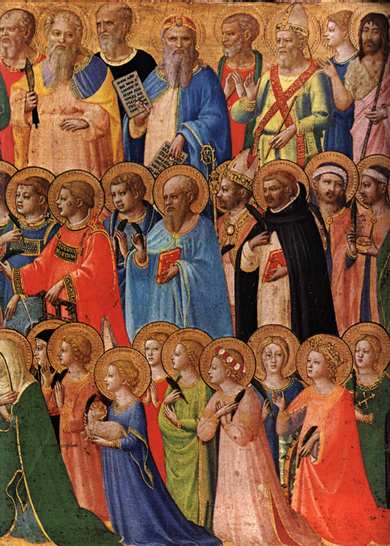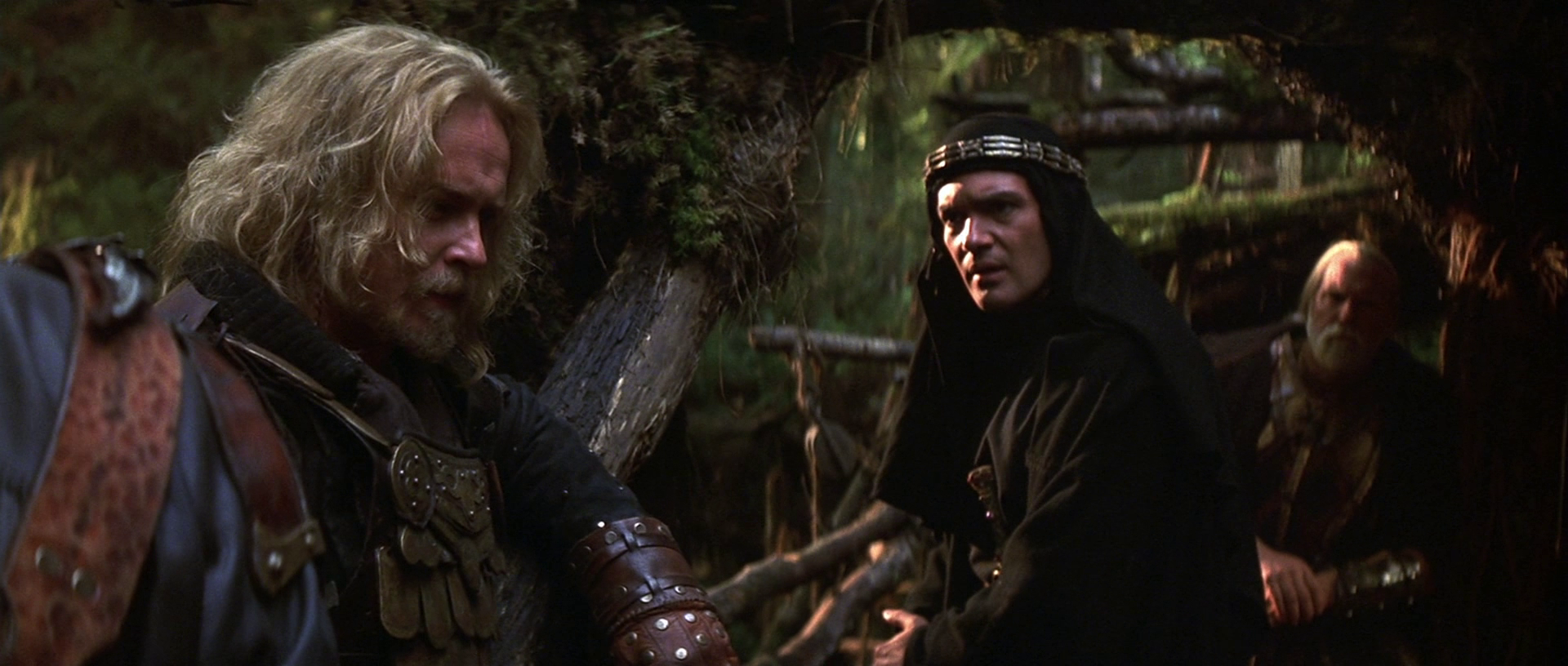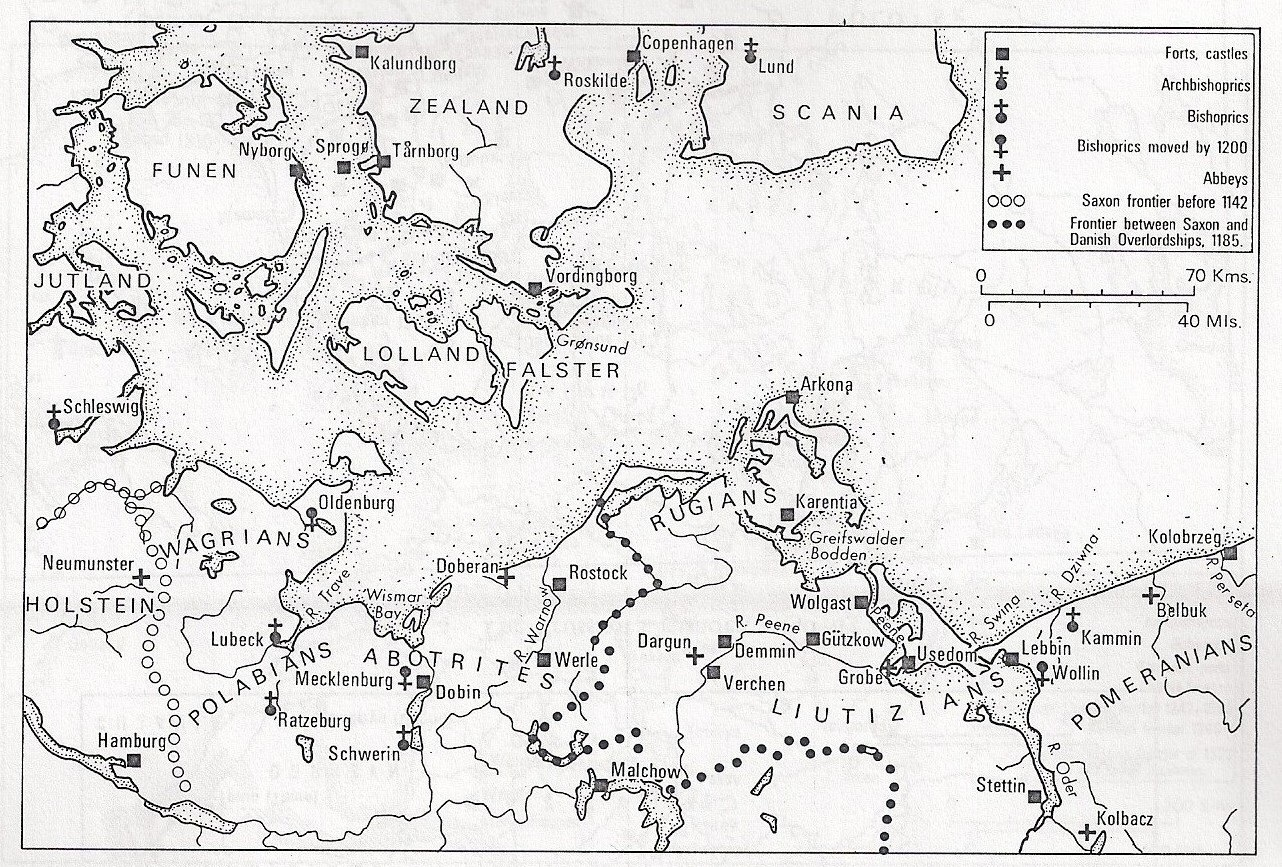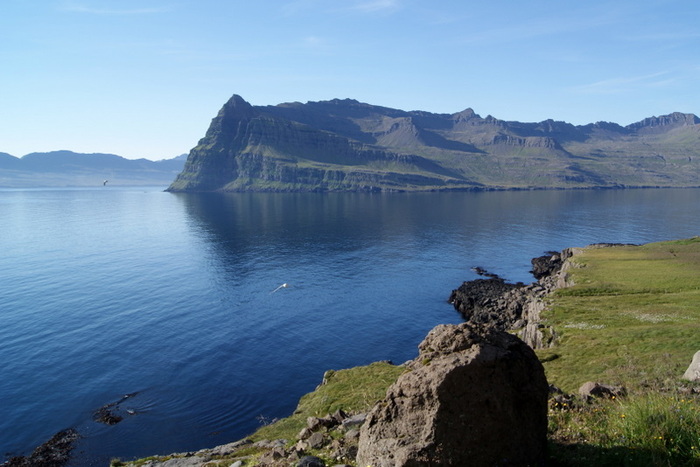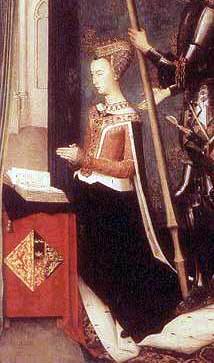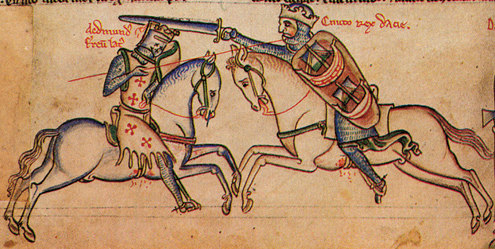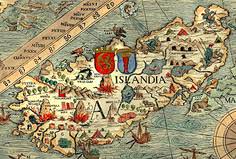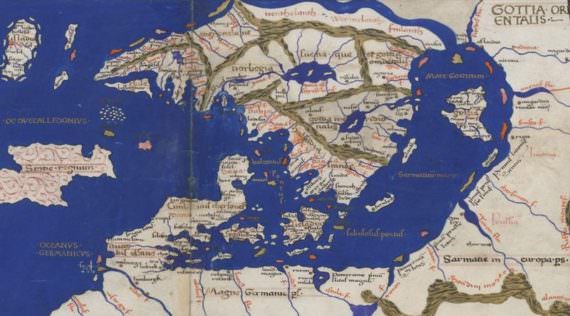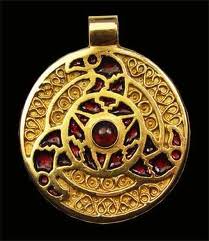Saints’ Cults in Medieval Livonia
Saints’ cults played a crucial role in medieval society. Although we know very little about the beliefs and rituals of the indigenous peoples of Livonia, either before or after the thirteenth-century conquest, we may assume that the process of Christianization must have caused major changes in their religious practices.
Death as an architect of societies Burial and social identity during the Viking Age in South-western Scania
In my opinion, the mono-cultural Viking Age is largely the product of one past social group, that had imposed on us their narration about the events, through production of tangible and durable monuments and sources. If analysis of the past should be of any value, it needs to be not only specifically spatially located, but also socially located.
Making Sacrifices: Beowulf and Film
This essay reviews opening scenes in some recent film Beowulfs, which, although they have nothing at all to say about Scyld Scefing, suggest a sacrificial reading of the prologue and perhaps even the whole poem.
Medieval Letter-Collections as a Mirror of Circles of Friendship? The Example of Stephen of Tournai, 1128-1203
We are well informed on the life of Stephen of Tournai and some of his work (97). Born in 1128, he grew up in the chapter of Sainte-Croix in Orléans, where he was educated in the artes liberales.
How Nordic are the old Nordic Laws?
Medieval legislation plays a peculiar and very important role in Nordic legal history.
Gesta Danorum and the Wendish Crusade
The Wendish Crusade from 1147 marks the beginning of ‘Holy Wars’ fought against the Balto-Slavic and Finno-Ugric populations from the Baltic See.
Auðun of the West Fjords and the Saga Tradition: Similarities of Theme and Structural Suitability
This paper evaluates the story of Auðun from the West Fjords, a þáttr dating from the Sturlunga period of medieval Iceland. It compares the short prose narrative to the much longer sagas in terms of their mutual concerns with kings, peace, and the place of Iceland in a larger Christian world.
The Royal Residence at Tissø in the Viking Age
A 3D animation film visualizing the royal complex at the time around 900 AD.
Reconsidering Agatha, Wife of Eadward the Exile
The antecedents of Agatha, wife of Eadward the Exile and ancestress of Scottish and English monarchs since the twelfth century and their countless descendants in Europe and America, have been the subject of much dispute…
Archaeologists explore Hammershus Castle
A team of Polish and Danish archaeologists have discovered over 200 artefacts from the 13-century castle of Hammershus.
Auðun of the West-Fjords and the Saga Tradition: Similarities of Theme and Structural Suitability
Auðun of the West-Fjords and the Saga Tradition: Similarities of Theme and Structural Suitability Josie Nolan (Trinity College Dublin) Vexillum, Vol.3 (2013) Abstract…
Danish Penal Law in the Middle Ages: Cases of Homicide and Woundings
In the provincial laws, a killing was not simply a killing. The penalty imposed on the killer depended on the conditions under which the killing had taken place.
Feasting with Early Medieval Chiefs: Locating Political Action through Environmental Archaeology
This excellent paper was the first given in the session on Early Medieval Europe. It looked at various archaeological excavations in Iceland and Denmark and the political role feasting played in pre-Christian Viking societies.
Louis the Pious and the Conversion of the Danes
This paper was part of a very interesting session on the Early Middle Ages. The papers covered Eastern European Infant Burial, the archaeology of medieval feasting and conversion. This paper contrasted the conversion policies of Charlemagne versus those of Louis the Pious.
Margaret of Denmark, Queen of Scotland
The marriage of Margaret of Denmark and King James III of Scotland may not have been very happy. But the union had a significant impact on the territorial gains of Scotland.
“The Wrath of the Northmen”: The Vikings and their Memory
These raiding peoples emerge out of all three Scandinavian homelands–Norway, Sweden, and Denmark–sending off their young men all over the known world in search of wealth and prestige.
The Danish attacks on London and Southwark in ‘1016’
This incident has been fatally embroidered by many local historians, taking their cue from various sources, so that the popular accounts have distorted what was already a confusing set of events.
The Dominican Convents in Medieval Norway
In the Middle Ages, the Kingdom of Norway was larger than it is today, where the former Norwegian districts of Jämtland and Bohus are now parts of Sweden. In 1380, the Norwegian throne was inherited by the Danish king, and for the rest of the Middle Ages, Danish monarchs ruled Norway, but even though the kings often made use of Danes in the administration, the Norwegian kingdom did in fact remain as an independent part of a so-called double monarchy.
Kind hearts are more than cunning heirs and simple pride than property
Reading the excursus alerts the reader and raises the question whether there is any foundation in the rune-stones for such revision as Birgit Sawyer argues for. One should bring along these doubts when turning to the two chapters dealing with rune-stone inscriptions as expressions of claims to inheritance of property.
Murder and Execution within the Political Sphere in Fifteenth Century Scandinavia
A quick glance at the regnal list of fifteenth-century Sweden shows that members of the nobility were at each others’ throats more or less all the time, especially from the 1430s and onwards.
Modern nationalism and the medieval sagas
Nineteenth-century romanticism had a special interest in both the medieval world and primitive, untainted rural culture. As the nineteenth century progressed and turned into the early twentieth, the Danes fell more and more under the nostalgic spell, tending to look upon the Icelanders through increasingly romantic and patronizing eyes
The Religious Orders of Knighthood in Medieval Scandinavia: Historical and Archaeological Approaches
Even if the various Orders of Knighthood reached Scandinavia somewhat later than most of the Christian civilization they soon became important religious institutions in Scandinavian societies in the same way as they already were in the rest of western Europe.
Cultural Changes in England resulting from the Battle of Hastings
This paper, in examining the reigns of the Ethelred, Canute, Harold Harefoot and Hardicanute, and Edward the Confessor, will show how they came to power, the legacy each left – if any — and how the events during each reign ultimately led to the Battle of Hastings, with William the Conqueror’s victory changing England forever.
The Oldest Danish Book about Gardening
Our knowledge about which plants were cultivated in Denmark in the antiquity and in the Middle Ages is still improving, because of new excavations, studies of archives, better dating methods and macro- and micro- fossil analyses in old cultural layers.
The Idea of North
Tacitus’s two important treatises, vital as sources for our knowledge of the life of the Anglo-Saxons, represent a people who know their limits and stick to them.
